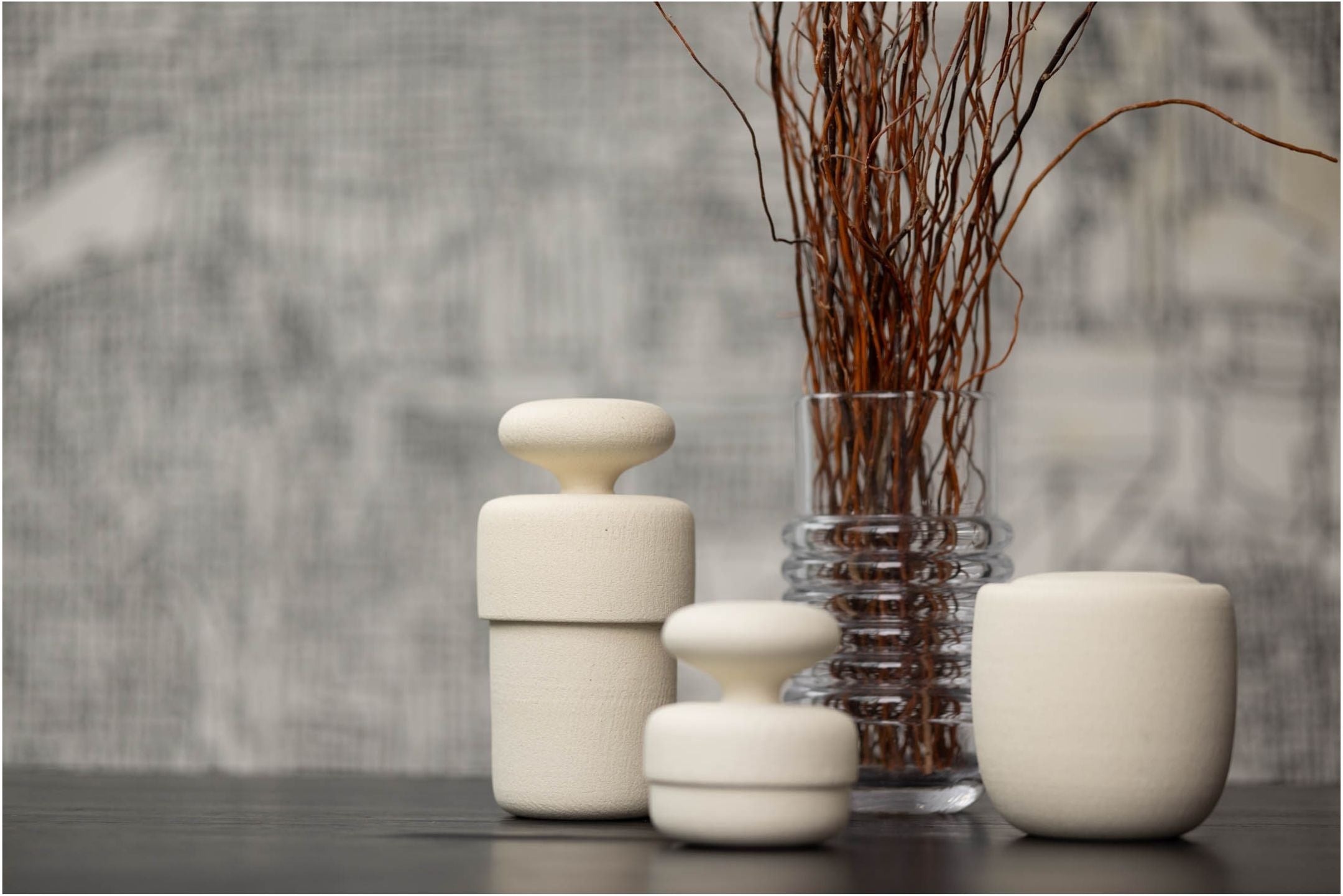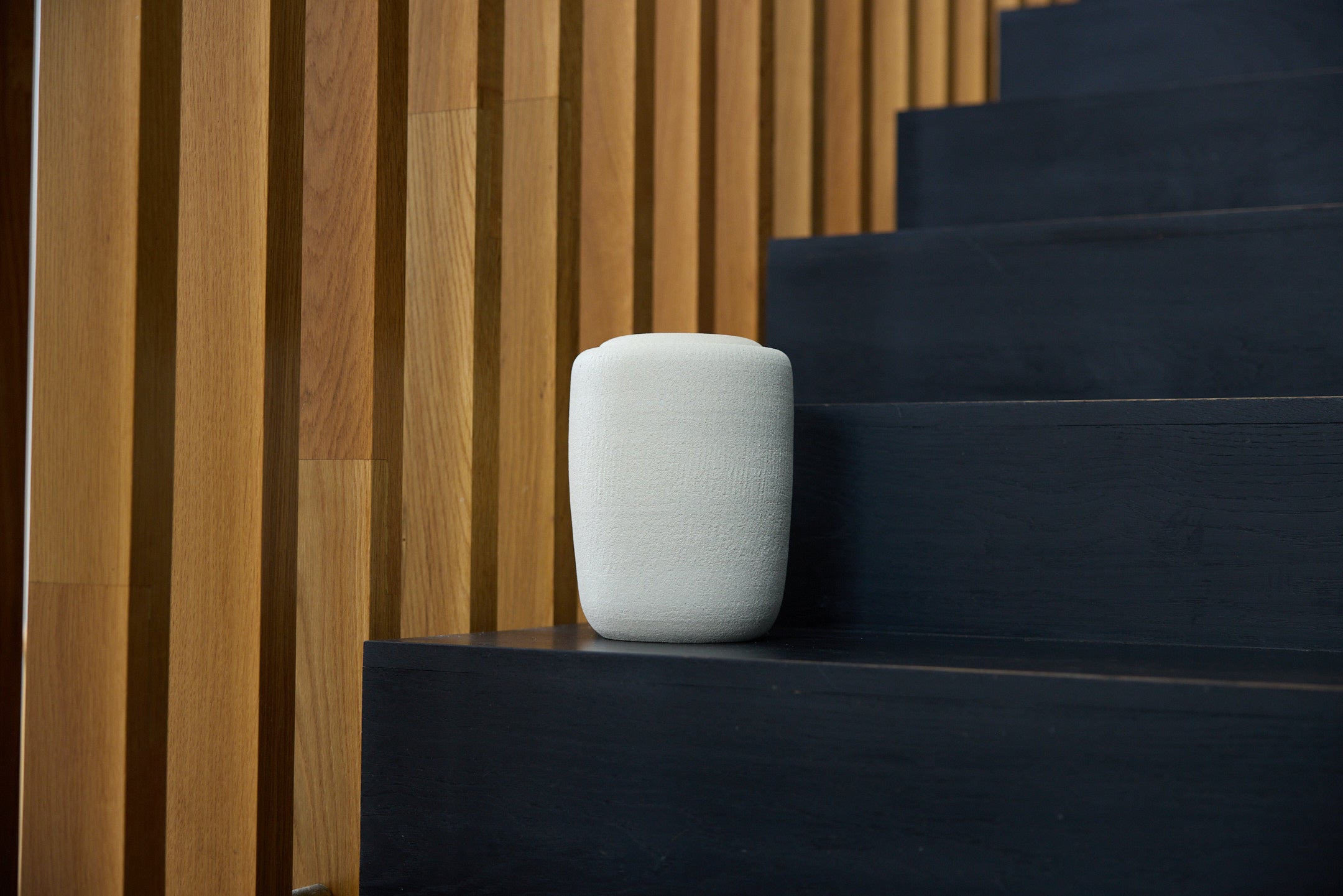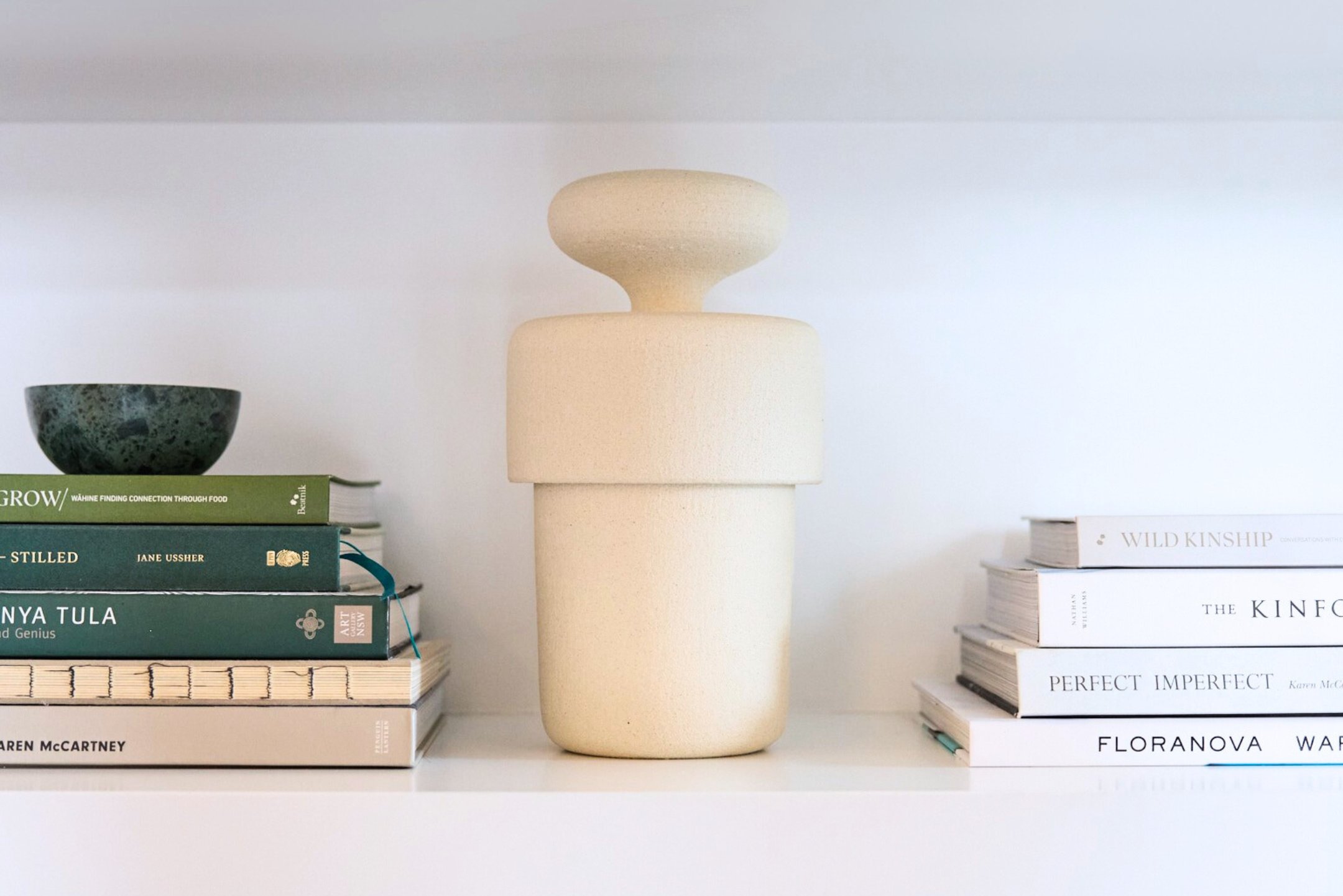Cremation is taking over from burial - let's make it beautiful.

Cremation is no longer a niche choice. In much of the developed world, it’s now the most common method of handling human remains, overtaking traditional burial in popularity. In England and Wales 82 percent of people now choose cremation over burial, while in New Zealand that figure is 68 percent and growing. In fact, Italy is now an outlier in the Western World with just 38 percent of people being cremated - a direct contrast to the United States where 62 percent of people are cremated.
Long gone are the days when people automatically opted for expensive coffins and traditional burials. From Australia to Scandinavia, the trend is clear: more families are choosing cremation to remember and memorialise their loved ones. And the reasons are as varied as the options - from cost savings to environmental concerns to cultural change.
In this deep dive, we explore cremation rates in major OECD nations, the reasons behind the rise in numbers choosing to cremate, and the future of funeral practices.
Cremation Rates Around the World
While traditions vary, cremation rates have been climbing steadily in most high-income nations. Here’s a look at recent figures:
In countries like Japan, cremation is almost universal. In others, such as Italy, it’s far less common but growing fast. Even within one country, there can be sharp regional differences — for example, Northern Ireland’s cremation rate (around 23%) is far below that of England and Wales (82%).
Why Cremation is Growing in Popularity
Several factors are driving the shift toward cremation worldwide:
1. Cost Efficiency
Cremation is generally cheaper than burial. A full burial includes costs for a plot, casket, headstone, and long-term maintenance. Cremation avoids many of these expenses, making it appealing to families mindful of funeral budgets.
2. Urbanisation and Land Scarcity
In large cities, cemetery space is limited and expensive. Countries like Japan, where urban land is scarce, saw cremation rise decades ago and remain at near-universal levels.
3. Cultural and Religious Shifts
Many religious traditions that once opposed cremation now permit it. At the same time, secularisation means more families are open to alternative memorial practices, such as scattering ashes or keeping them in decorative urns.
4. Environmental Concerns
Some see cremation as a greener alternative to burial, which can involve embalming chemicals and land use. However, flame cremation does release carbon dioxide and other emissions. This has led to interest in aquamation (alkaline hydrolysis) and natural burials, which have lower environmental footprints.
5. Personalisation
Families are increasingly opting for celebrations of life over traditional funerals. Cremation offers flexibility — ashes can be scattered in meaningful places, placed in jewellery, or even used in memorial art.
Innovations in Cremation and Alternatives
Funeral industries worldwide are adapting to new preferences:
- Aquamation (alkaline hydrolysis) uses water and alkali instead of flames, resulting in fewer emissions.
- Green Burials avoid embalming, use biodegradable shrouds or coffins, and often take place in conservation areas.
- Creative Memorials range from launching ashes into space to turning them into coral reefs.
These innovations are particularly popular among younger generations who want eco-friendly and personalised memorials. They’re leading to many more people choosing cremation with its flexibility and ease.
What the Future Holds
With continued cost pressures on families, limited space and urban planning challenges for cemeteries, along with environmental regulations on crematoria emissions, it’s likely cremation rates will continue to rise. Canada, the UK, Australia, and New Zealand are already in the high 60–80% range and still climbing. And many in the funeral industry are predicting global average rates to approach 80% by 2040.
Cremation is becoming more than a trend — it’s a fundamental shift in how societies think about death, memory, and the environment. While burial will remain important in many communities for cultural and religious reasons, cremation’s flexibility, affordability, and adaptability to modern lifestyles suggest its growth will continue.
For families, the choice between cremation, burial, or alternative options is deeply personal. Understanding the trends, costs, and cultural context can help you make the decision that’s right for you and your loved ones.
Visit our collection of beautiful urns and choose the perfect one for your loved one
With love and kindness
Bridgit



